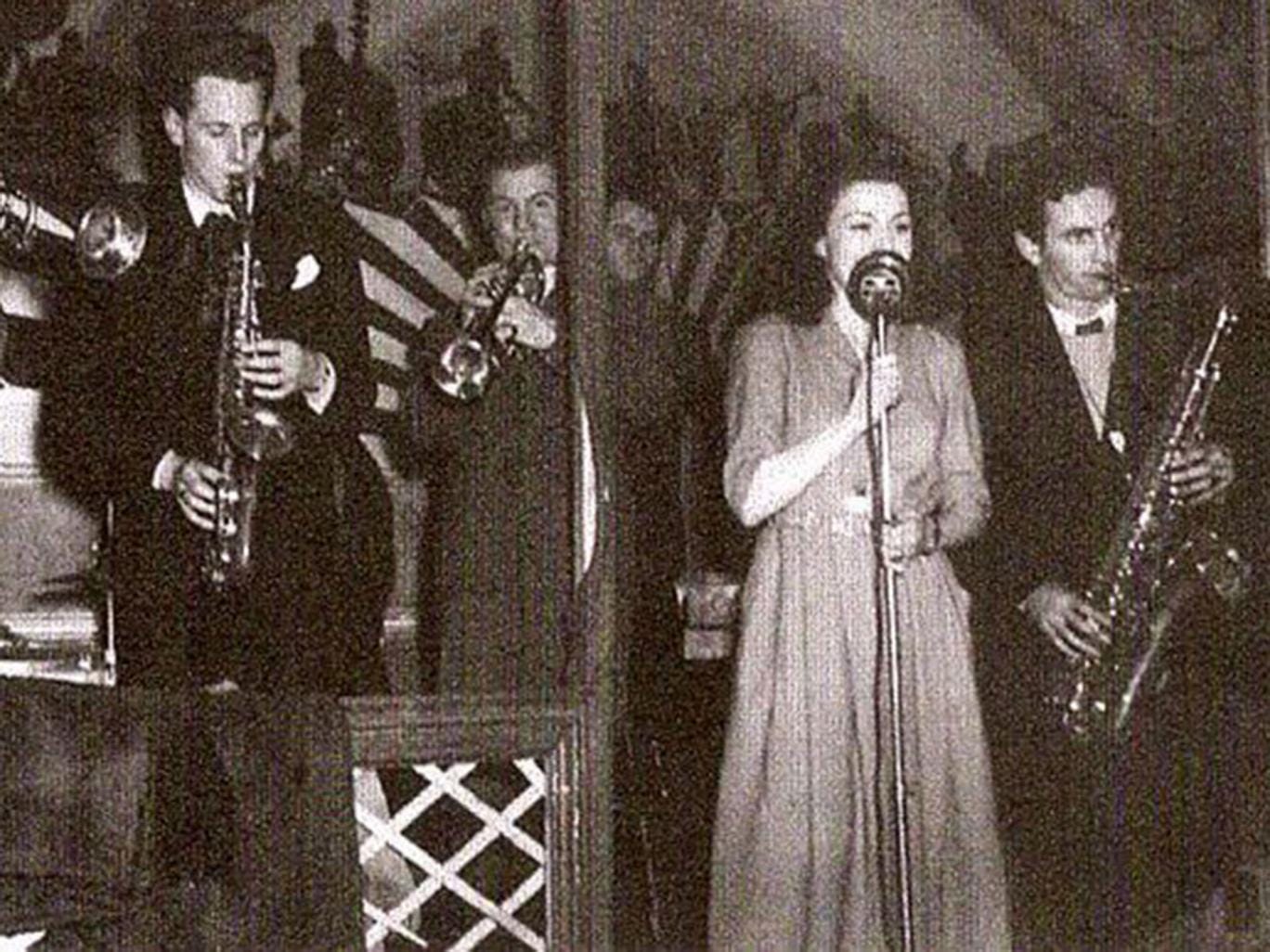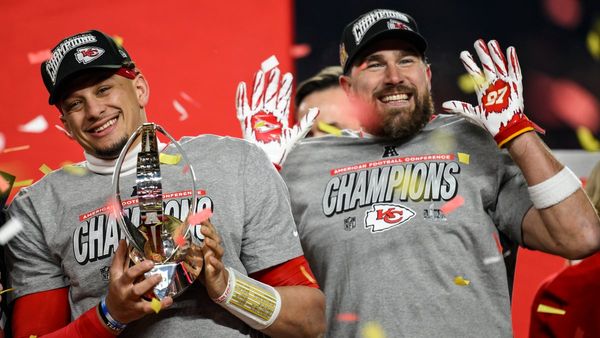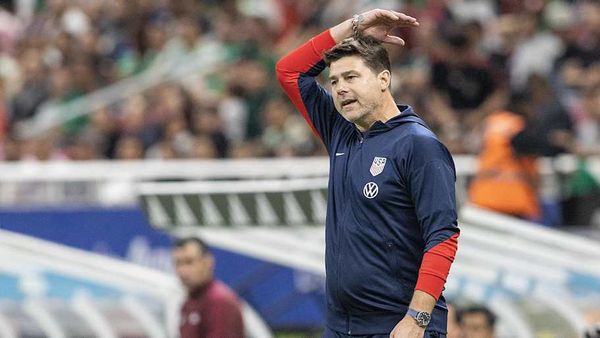
If you had happened by a certain signal box on the Esk Valley line in North Yorkshire during the 1970s you might have heard a ghostly sound of bebop saxophone echoing out into the night. It wasn’t the restless spirit of Charlie Parker on an old LP: it was Johnny Rogers, filling in the time between the eight trains a day that were his responsibility as a signalman.
By this point in his life, Rogers was committed to a day job and to playing dance band music with his father-in-law’s orchestra at the Pier Ballroom in Redcar; but it was jazz – particularly bebop – that had taken possession of his soul and he played it whenever and wherever he could, even after the glory days of the legendary Club 11 were over.
John Harry Rogers was born in Southgate, north London, in 1926 and was educated at Minchenden Grammar School. During the Second World War he worked for Rolls Royce on Merlin engines for Spitfires but an RAF medical revealed he had tuberculosis, which had killed an older sister. Rogers was warned not to play saxophone again lest it kill him. It was advice he ignored. He played alto in local dance bands, worked with Nat Gonella, and in 1946, after two years in hospital, joined drummer Arthur Amey’s quartet at the Fullado Club.
In 1948 he was a core member of the modernist group that started Club 11. Ronnie Scott played tenor and the two reed men remained close friends for the next 40 years. Scott played at Rogers’ very last playing engagement, in a Leeds studio; scarred lungs and cigarette smoke meant that the saxophone had to go away.
Rogers was devastated when Scott died of what the coroner called “an incautious overdose” of barbiturates in 1996. But there had been a Club 11 reunion and he continued to play dates whenever he could. He exerted an influence on younger players too, giving lessons to Ron Asprey of the legendary British saxophone-bass guitar-drums trio, Back Door.
His jobbing career included engagements with Harry Secombe, Noel Harrison and Neil Sedaka, but it was during the 1955 summer season with the Joe Loss Orchestra on the Isle of Man that he met and fell in love with Irene Mitchell, lead sax with the Ivy Benson Band. They married 10 days later.
The couple settled near Redcar and Rogers began playing for his father-in-law at the local palais de danse, assuaging his jazz soul with a seventh-day gig at the Royal Hotel. He worked for a time in the office at British Steel but the journey to and from work was awkward and a signalman’s job held out the additional attraction of that jazzman’s delight, a comfortable “woodshed”.
The family subsequently moved to a smallholding near Whitby but by then emphysema had begun to restrict Rogers’ playing activities, though in 1985 he took part in Club 11 reunion that was broadcast on BBC2 as part of a “jazz weekend”. He is survived by his wife of 60 years, Irene, and by their son, Paul.
John Harry Rogers, saxophonist: born Southgate, London 14 August 1926; married Irene Mitchell (one son); died nr Whitby, Yorkshire 4 January 2016.







